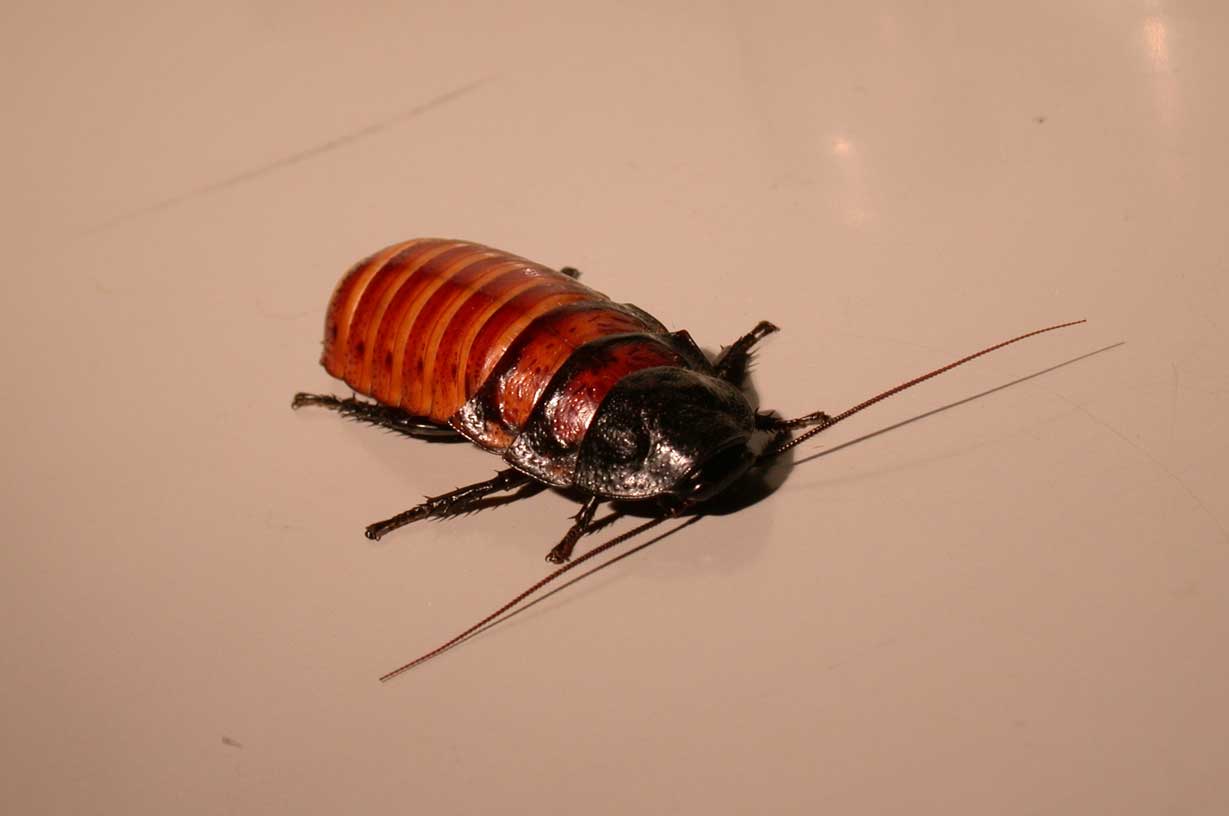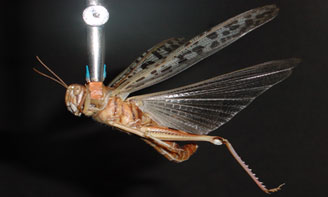
"A day of darkness and of gloominess, a day of clouds and of thick darkness, as the morning spread upon the mountains: a great people and a strong; there hath not been ever the like, neither shall be any more after it, even to the years of many generations. A fire devoureth before them; and behind them a flame burneth: the land is as the garden of Eden before them, and behind them a desolate wilderness; yea, and nothing shall escape them. The appearance of them is as the appearance of horses; and as horsemen, so shall they run. Like the noise of chariots on the tops of mountains shall they leap, like the noise of a flame of fire that devoureth the stubble, as a strong people set in battle array. Before their face the people shall be much pained: all faces shall gather blackness. They shall run like mighty men; they shall climb the wall like men of war; and they shall march every one on his ways, and they shall not break their ranks: Neither shall one thrust another; they shall walk every one in his path: and when they fall upon the sword, they shall not be wounded. They shall run to and fro in the city; they shall run upon the wall, they shall climb up upon the houses; they shall enter in at the windows like a thief. The earth shall quake before them; the heavens shall tremble: the sun and the moon shall be dark, and the stars shall withdraw their shining."
Prophet Joel, 2, 2-10
Faculty of Biology
Welcome
Research - Animals - Methods - Projects Staff
Publications
Teaching
Contact
Links
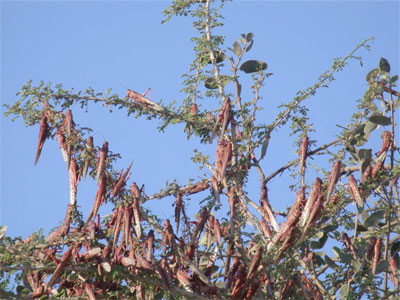
With regards to "locusts", many people will imagine apocalyptic scenes like described above or as outlined in Exodus 10, 12: sun shading swarms of billions of animals which attack the fields and devouring the vegetation.
The group termed "migratory locusts" consists of only about 10 species within the 20000 species of locusts worldwide. So they comprise only a small minority of locusts, but of course an important one.
The term "migratory locust" does not indicate a systematic but a biological description. Consequently, a great variety of more or less related species were labelled with this term. The common denominator of these species is their ability to form large swarms and to override large distances.
In 1988, African migratory locusts crossed the Atlantic Ocean and reached the American continent. But unlike migratory birds, which are capable of active navigation, the migratory locusts are mainly drifted by the wind.
This is only one of the two major forms of migratory locusts. The swarms can only form into a swarm when the animals are in their "gregarious" phase. Normally, the locusts live "solitarily" and only meet by accident or when searching a mate. But certain conditions lead to an outbreak and a formation of such large swarms.
Our research group uses two different species of migratory locusts: the European migratory locust Locusta migratoria and the African Schistocerca gregaria. Both are quite big animals with easily accessible neuromuscular structures. They are simple to handle and to breed and can be easily stimulated to move. Due to the animals' size their observation does not require considerable implementations.
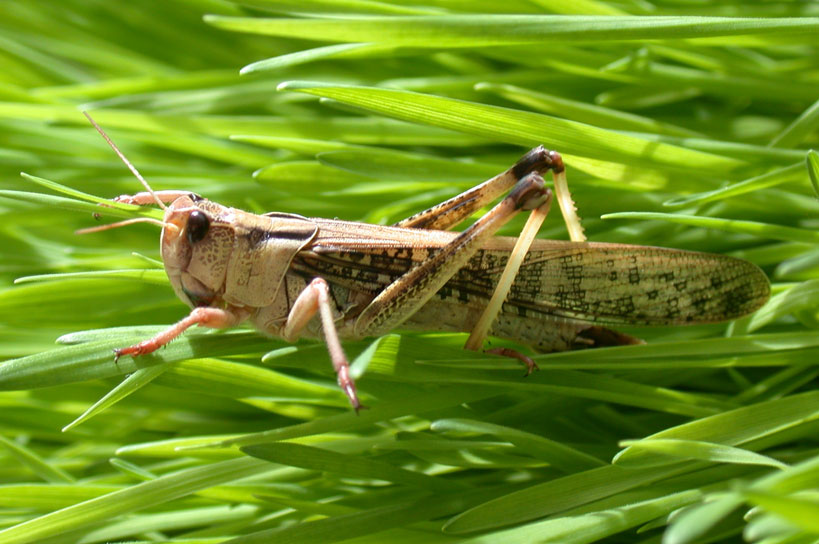
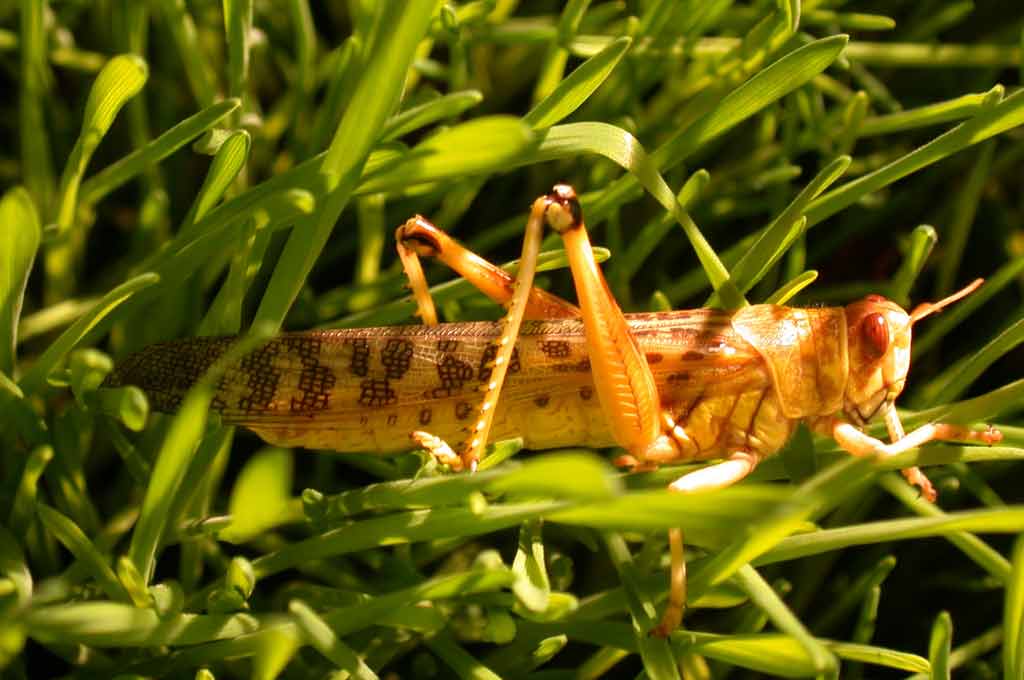
Migratory locust - Locusta migratoria
Desert locust - Schistocerca gregaria
Solitary and gregarious locusts do not only vary in their behaviour, but also in their morphometric and physiological aspects. Furthermore, there is a difference in colour: solitary hoppers are mainly green, gregarious hoppers rather yellow-brown.
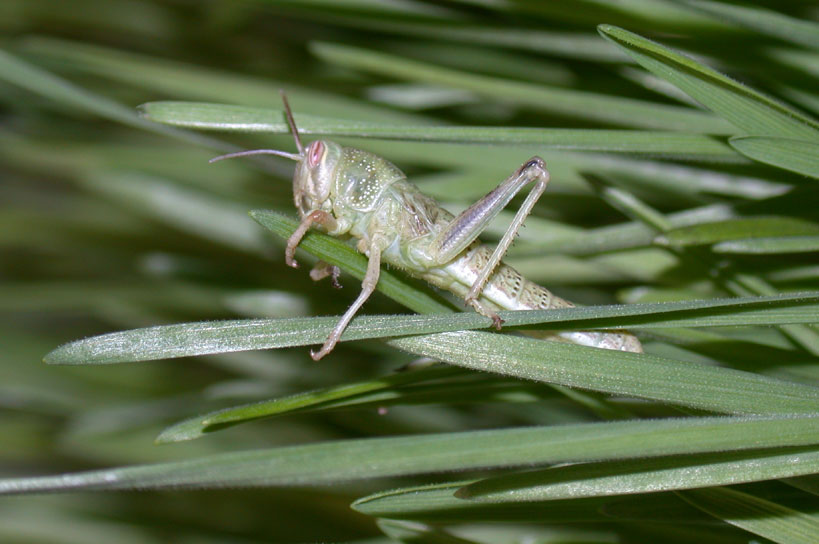
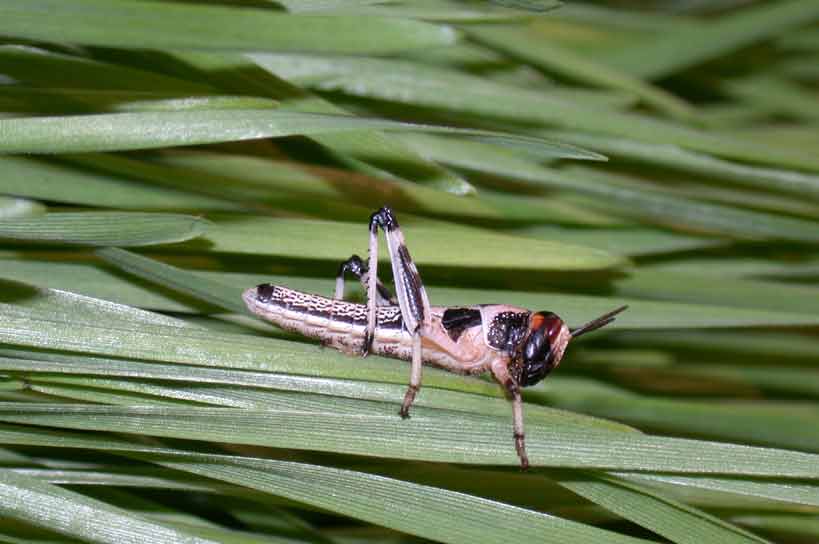
But also the adult animals display obvious differences which become most evident when inspecting the eyes: gregarious locusts seldom show such equally noticable stripes on the eye as solitary ones do. Moreover, solitary locusts have a more consistent brownish colour than gregarious ones. We also observed that solitary locusts are much more aggressive.
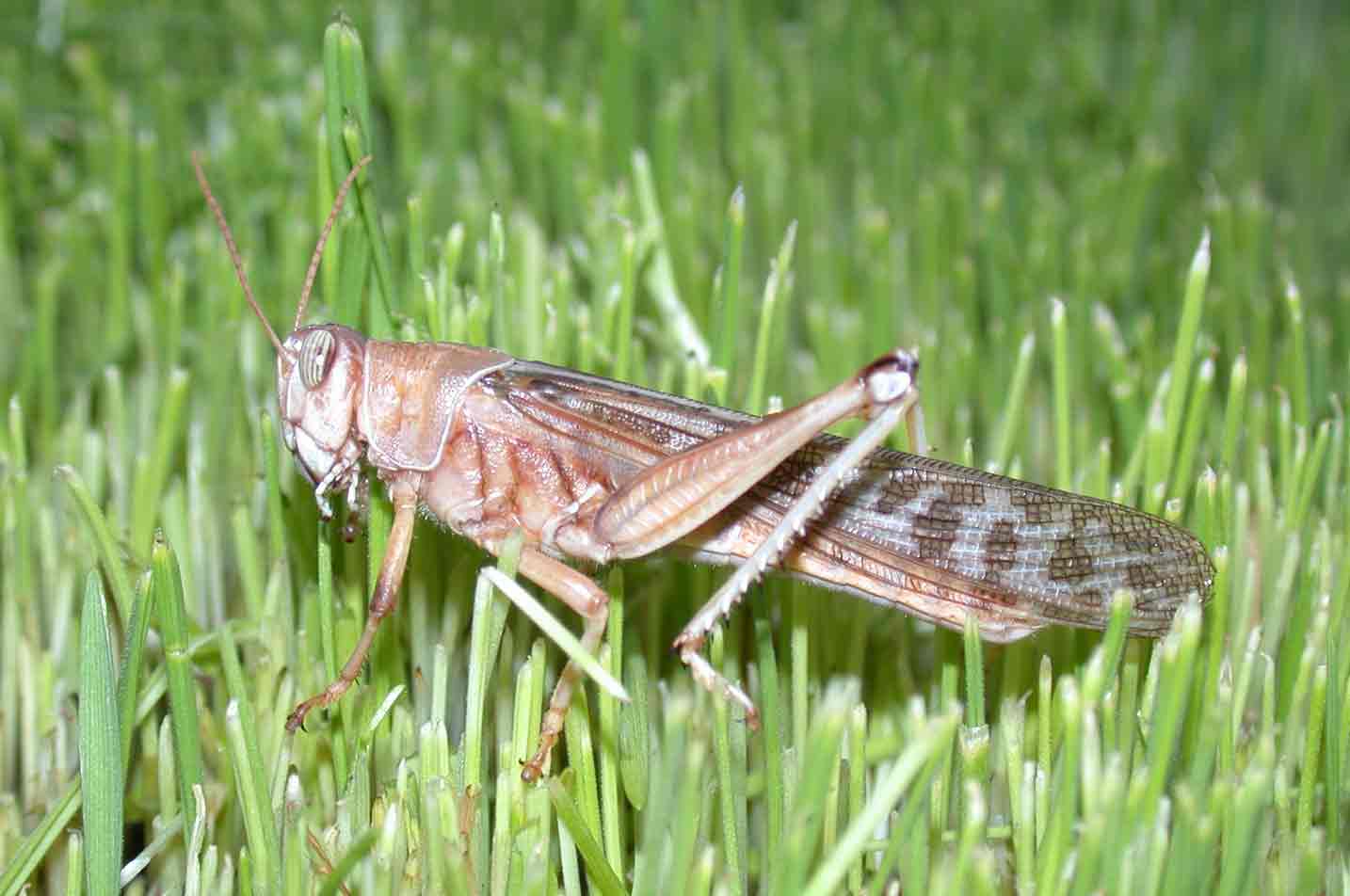
Roaches
Most people associate cockroaches with disgust, bugs and waste. The infamous common cockroach is known almost to everyone, rarely by own experience but mainly through its appearance films and books. However, there are at least 4000 different species of roaches.
Our lab selected the Madagascar Hissing Cockroach, Gromphadorhina portentosa, for further studies .
